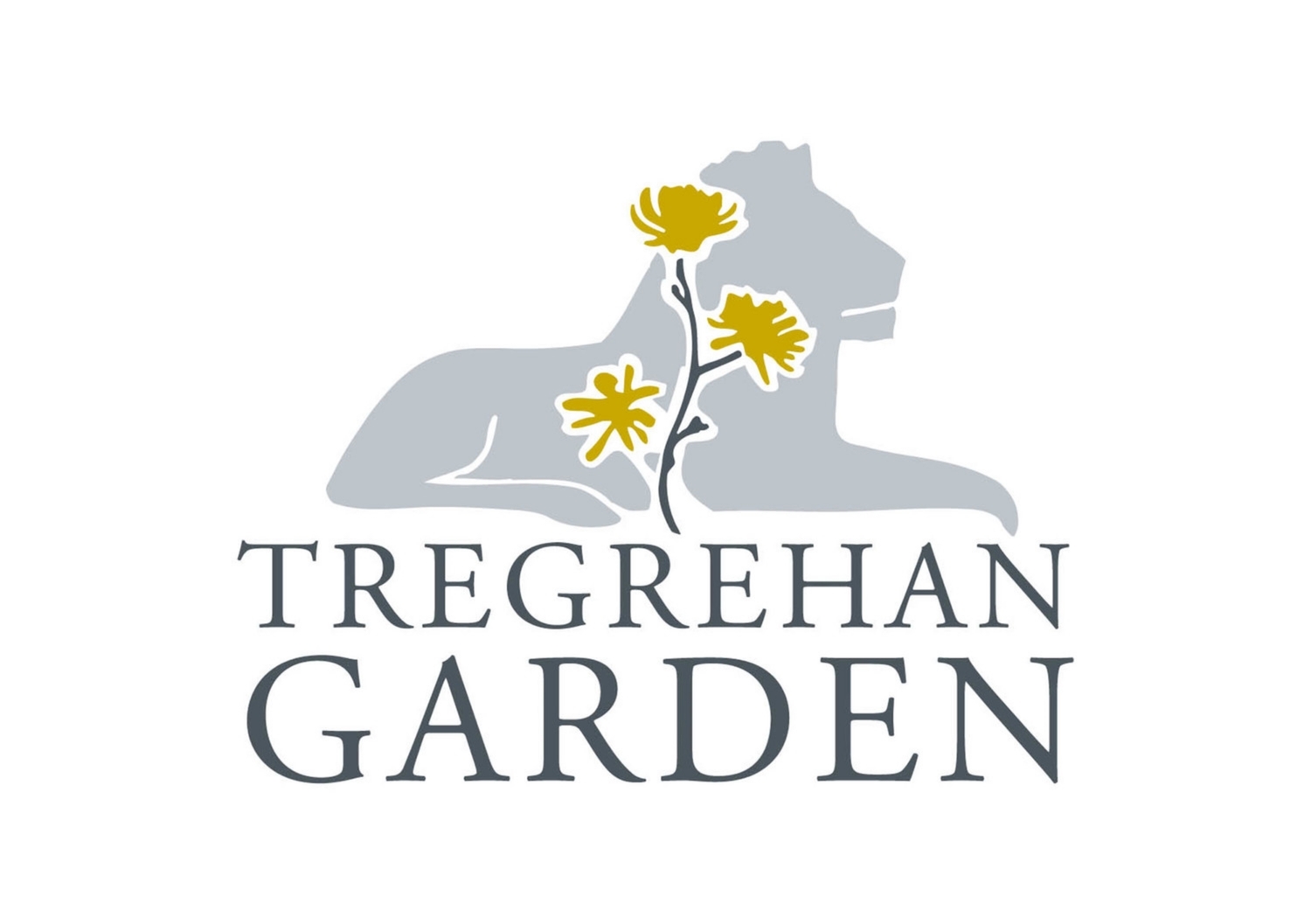HISTORY
A small history of the Garden and Family.
1565 Tregrehan became the home of the Carlyon Family
1680 The construction of the present Tregrehan House was begun by Thomas Carlyon, possibly the first "Double-Pile" house in Cornwall. This concept was a new design in Cornwall. The building consisted of four rooms of equal height on each of two floors surrounding two internal chimney stacks.
1734 Philip Carlyon, successful mining entrepeneur, also had horticultural interests. There is a note in his diary (shown on this page) of him selling laurels,elms and oaks to a neighbouring Cornish Estate. In 1738 he was also planting trees at Tregrehan, including larch, fir,walnut, chestnut and beech. He died childless leaving the estate to his nephew Thomas IV.
1770-1870 Zenith of the family's wealth and local influence growing on the back of the copper and tin minerals which were under their land. This had the greatest effect on the park and garden as seen today and firmly placed the family in society.
The landscape was contrived during the hey-day of the Picturesque Period whereby landscape was constructed as a picture with foreground, middle ground and distant views creating a sense of Arcadia in a Reptonian style.
The barns and dairying complex were developed with linked arches and some style for this time. William Carlyon built the Stable Block in 1837, started the exotic conifer plantings but died young leaving his younger brother Edward to continue the remodelling. Edward moved back from Greenway in Devon once the works on the house were completed in 1842. This greatly enlarged in house in classical form, including an Ionic south facing colonnade and service wing to the design of George Wightwick.
1844 The walled garden was rebuilt and the large greenhouse range of approximately 50 metres was erected, both of which are to be seen today.
1845 William Nesfield was employed by Edward Carlyon to design an Entrance Court, Parterre, and most likely the Yew Walk, in the latest Gardenesque style. Major views over the parkland were established to the sea creating the desired illusion of infinity.
Edward was a keen gardener and continued the work of his brother William in planting the recently arrived exotica from Japan and North America.
1880-1894 Jovey Carlyon returned from NZ where his father had emigrated to in the 1850's. He planted every new plant that was available at the time. There were plants and seeds imported from all over the New World as well this he was ordering from the well known Nurseries such as Veitch and Smith. The backbone of the garden today is due to his planting, and luckily most of his work he recorded carefully in two detailed planting record books.
1914 Professor Charles Sargent of the Arnold Arboretum visited the garden with JC Williams of Caerhays and declared, "Tregrehan is the best thing of its kind in the world."
1916 Professor WJ Bean of the RBG Kew visited and wrote a short article on some of the special plants that he noticed. He was particularly taken with the conifer collection and the range and health of many of the rarer rhododendrons.
1935 Rupert Carlyon returned from NZ but unfortunately dies on Home Guard died during the 2nd War, having survived being blown out of a trench during the 1st. He imported many NZ plants and also planted a number of the newer rhododendrons from Wilson and Forrest seed.
1960-1987 Gillian Carlyon embarked on a major camellia hybridising programme using the old plants at Tregrehan and some of the more recent varieties imported from America. Over 20 of her hybrids were registered with the RHS which subsequently awarded her the Reginald Cory Cup for Camellia Jenefer Carlyon.
1987-Present Tom Hudson, a cousin of Gillian Carlyon, living in New Zealand, returned to Cornwall, the fourth consecutive generation to do so. Luckily being young and daft wasn't too much of a handicap to the required restoration of the estate. Botanical knowledge was gradually picked up in the first years and the family plant gene was triggered.
The ailing 150 year old greenhouse range was restored and the glass roof reinstated along with many of the timber sashes. The main beams and internal dividing sections remained in good order, a testament to the quality of the original close-grained timber. .
Over 10 Ha of garden and woodland have been cleared of the usual invaders such as laurel, sycamore, ash, brambles and remnant fallen trees from past gales. Phytogeographic planting areas were setup within the woodland with plants coming from similar climatic zones to the Cornish climate. Over 8000 accessions have been entered and recorded on an Access Database System.
Cornwall's Temperate Rainforest has been created with plant material from countries as diverse as China, Chile, Tasmania, Vietnam, Japan and Mexico. The garden was opened to visitors regularly and links with RBG Kew re-established for the 1st time since Jovey Carlyon's correspondence with Thistleton Dyer in the 1890's.
The main emphasis of this unusual botanical living plant collection is now conservation and research. Many Institutions use the carefully recorded known source plant material for the taking of herbarium specimens, plant identification and taxonomy.
In a letter to Jovey Carlyon from Gilbert Rogers; a Cornish forester based in India at Dehra Dun, N.W.Provinces, dated 1st July 1894 recorded the following seed collection.
" My dear Carlyon, It is so hot down here that I find it impossible to write decently. I only came down from the hills yesterday… I am writing to tell you that I have sent you a box containing some seeds of Quercus semecarpifolia in charcoal … the acorns may have all germinated on the way as they germinate here almost as soon as they fall to the ground but I hope that some of them, if they have germinated, will reach you alive. This species of oak covers the highest hills in Yarmsa & grows at elevations above the spruce & mixed with the silver fir, so should do well with you. It is very hardy grows very slowly & makes a fine tall straight stem if grown in close canopy…. "
This oak which was the 1st one to be grown outside the Himalaya now stands proud; 25m height at Tregrehan.
There is something fine and inspiring about a long cherished garden, yet there is an irrepressible sadness; as if the faith that prompted men to plant these trees of slow unhurrying growth has been in vain yet gloriously justified! Why does the very atmosphere of a pinetum bring that powerful reminder of human transience?
The sombre sentinels still and quiet, seem to resent even our hushed footfalls and the yielding centuries old carpet of pine needles,and our thoughts turn involuntarily to those early owners of the garden.
TREGREHAN (Gardeners Chronicle 1939)
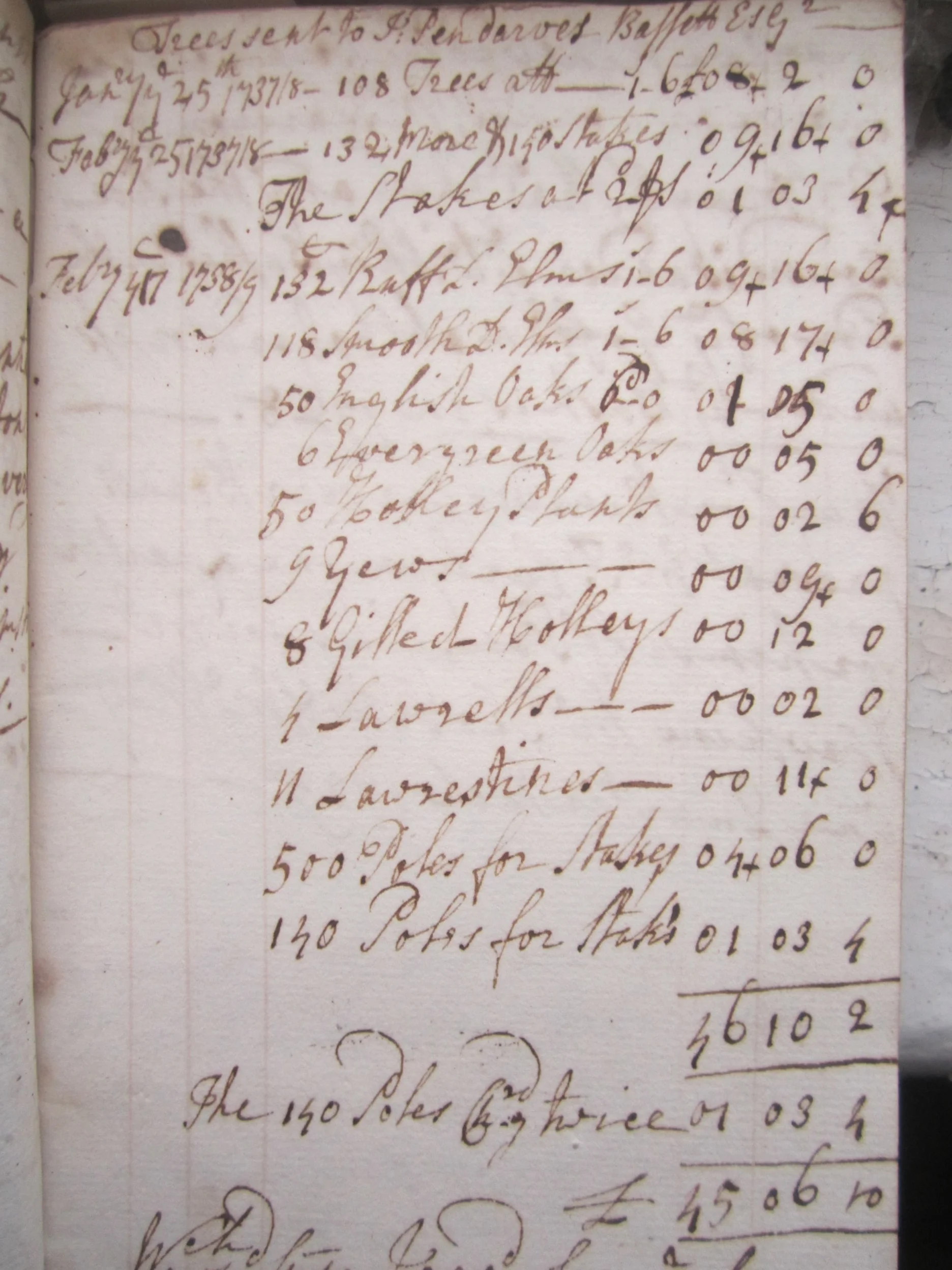
Philip Carlyon's notebook of 1738

Tregrehan 1935
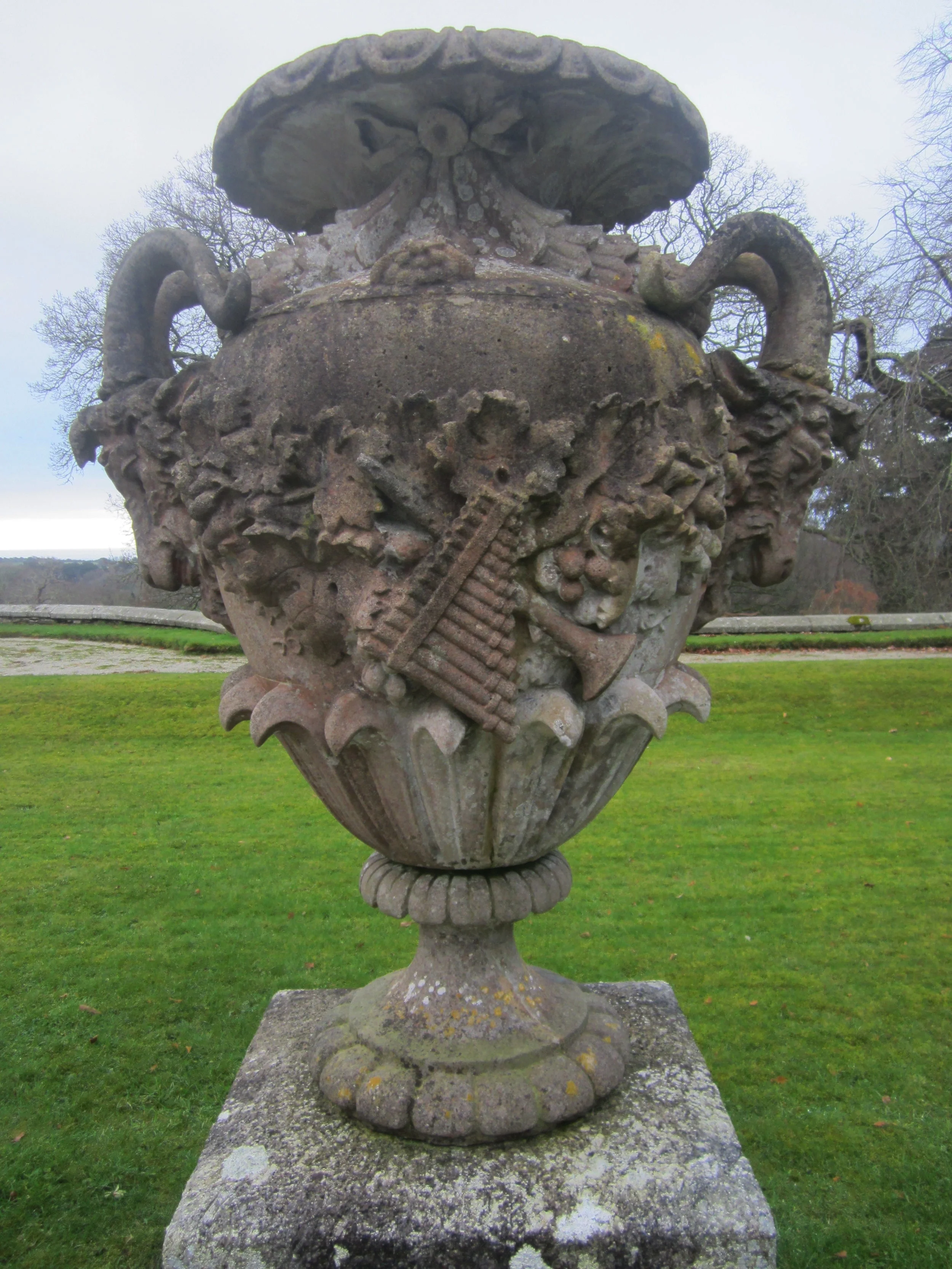
One of the Urns still in situ from the Nesfield parterre.
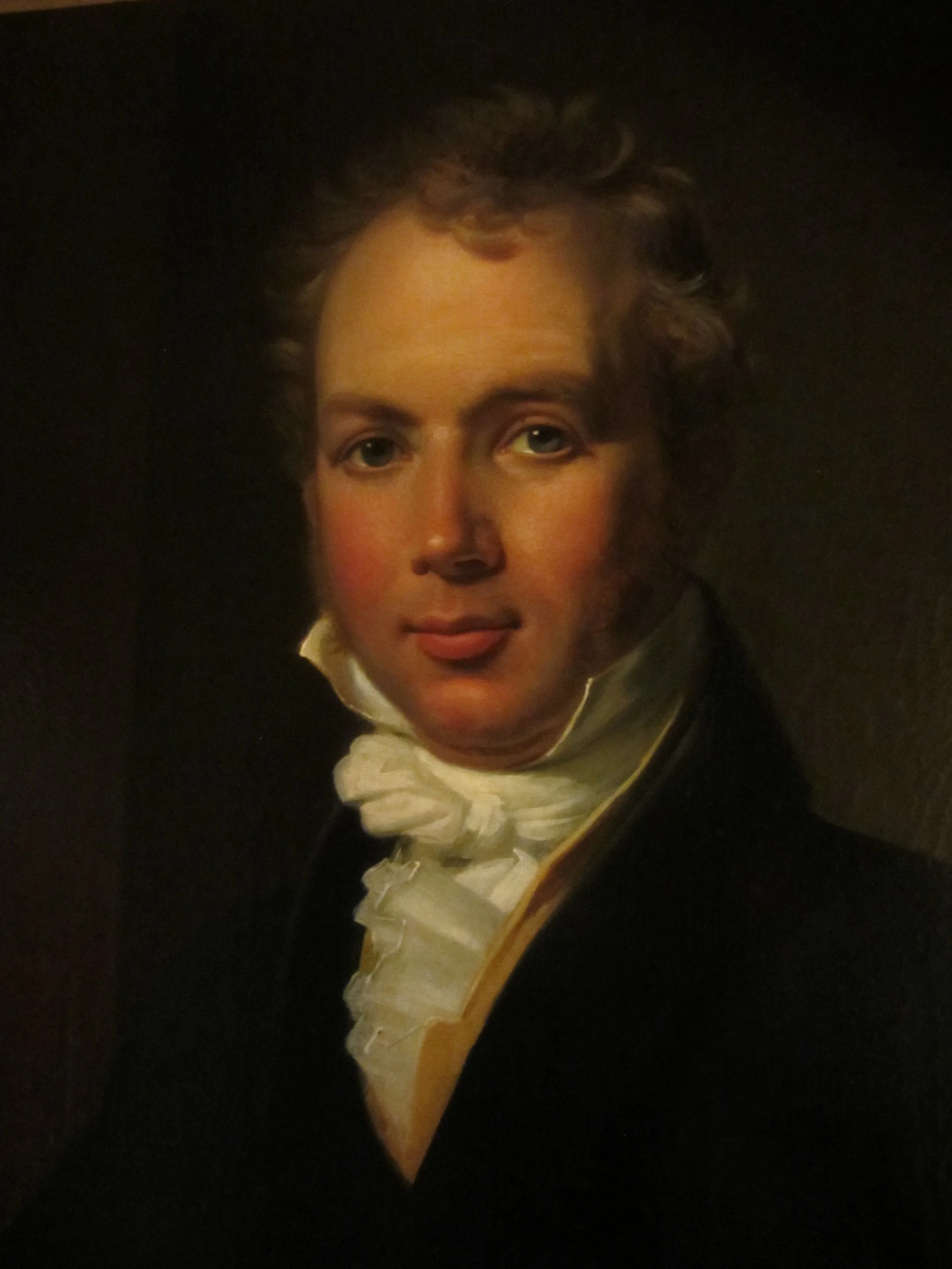
William Carlyon (d. 1841)
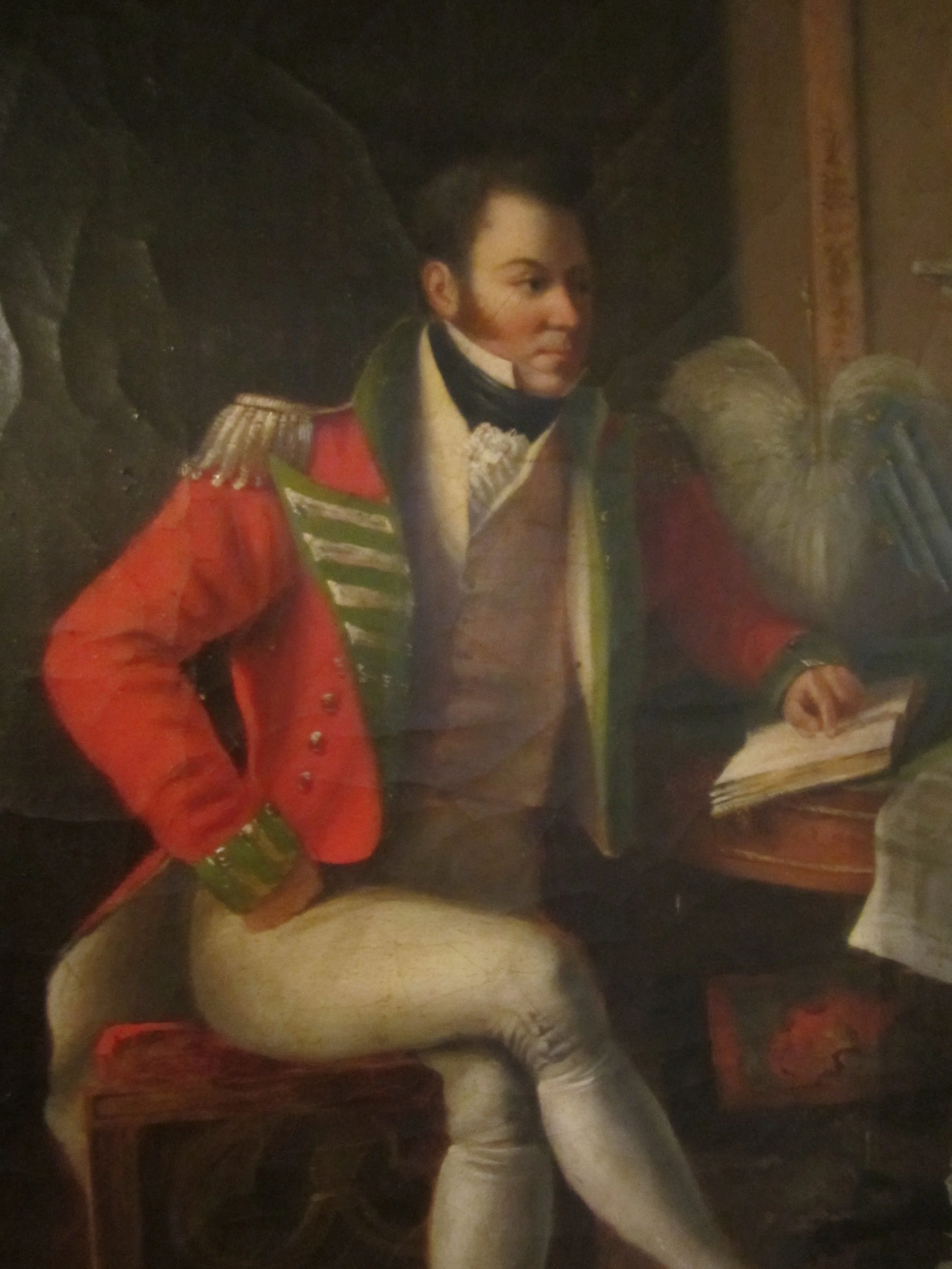
Edward Carlyon who remodelled the property with William Nesfield and George Wightwick

Jovey Carlyon's correspondence with RBG Kew, Veitch, and Gilbert Rogers in NW India.
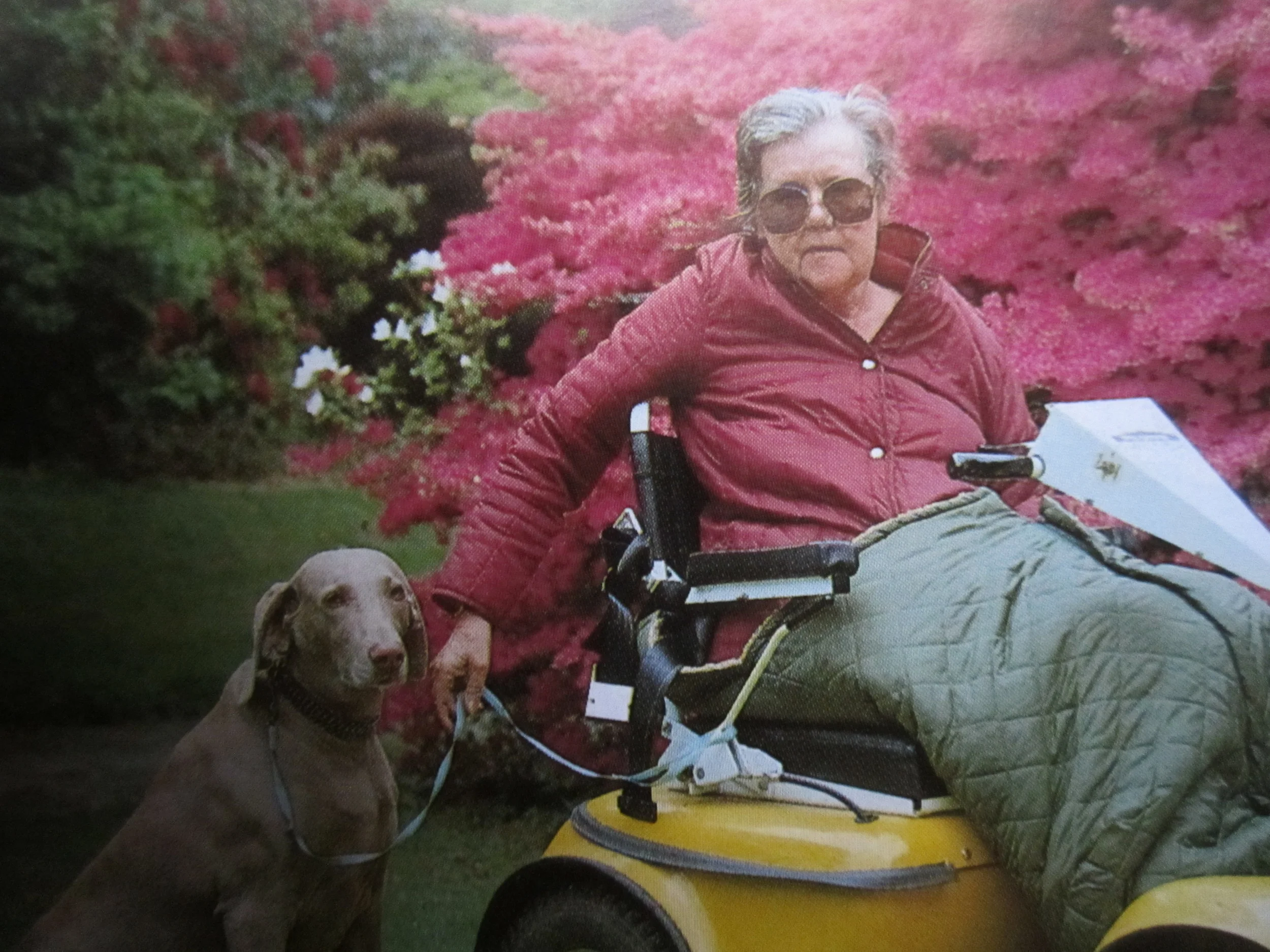
Gillian Carlyon (and Rosie)
